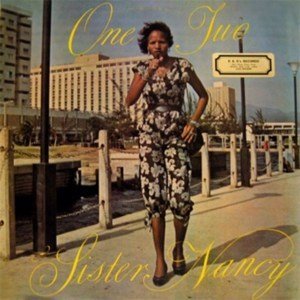
It has been said many times in many ways that good artists copy and great artists steal. What does this say about the person from which the artist steals?
If imitation is the sincerest form of flattery, Sister Nancy is perhaps the greatest artist of all time. The Jamaican DJ and singer’s track “Bam Bam” has been sampled nearly a hundred times. If you’ve listened to Kanye West’s “Famous”, Lauryn Hill’s “Lost Ones” or Beyoncé’s live version of “Hold Up” you’ve heard the song, which was released in 1982. “Bam Bam” was by no means an instant hit: it wasn’t until 2014, when the song appeared in movies and commercials, that Sister Nancy realized others were using her work without compensation. With the help of a lawyer she was able to win 10 years worth of royalties, but who is to say how much she missed out on?
To complicate the story further, “Bam Bam” isn’t an original work in itself – it’s a cover of a song of the same name by The Maytals and Byron Lee and the Dragonaires, and its instrumental samples a well-known backing track called “Stalag 17” by Ansel Collins. This raises a few interesting questions: What is their role in the creation of one of the most frequently sampled songs in popular music? Are they entitled to credit and compensation? Where is the line between recontextualizing someone’s idea and ripping it off? Is it ethical to impose a system of laws upon something as subjective as the artistic process?
While the ethics of fair use and copyright law make for a contentious debate, it is clear that no ideas are conceived in a vacuum – artists draw inspiration from every corner of the world. If good artists copy and great artists steal, then a few of us are thieves, the rest of us are copycats and none of us are absolved.
– DJ Mango
